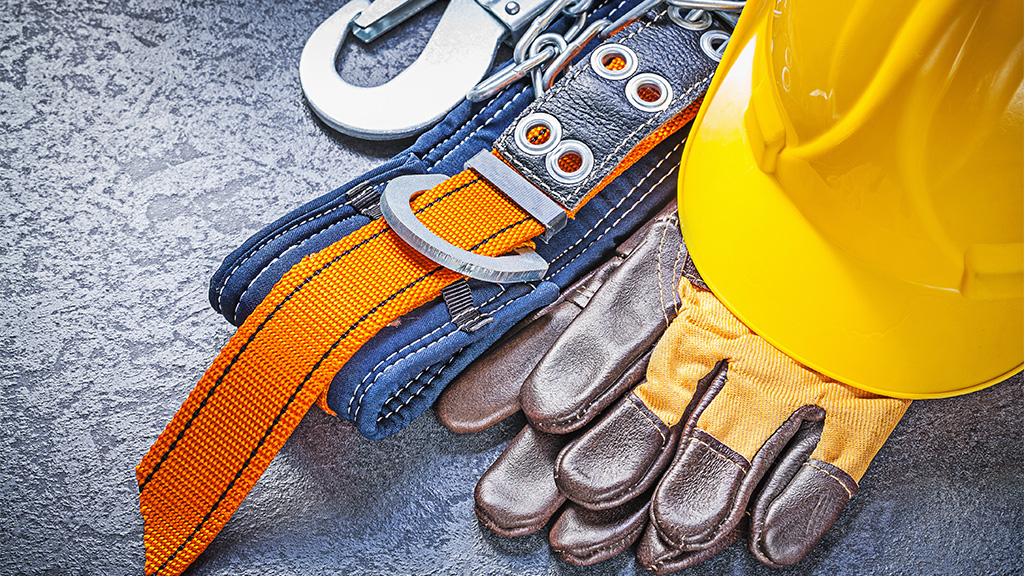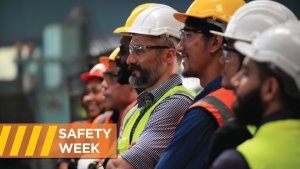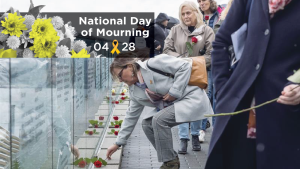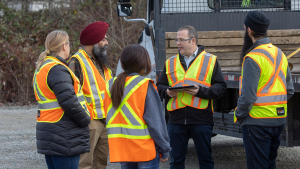Risk reduction needs a hierarchical approach along with a holistic outlook, according to one safety expert.
WorkSafeBC prevention officer Steven Mah explained highlights of the provincial regulator’s Construction High Risk Strategy (HRS) at the British Columbia Construction Safety Alliance’s (BCCSA) Health and Safety conference held in Vancouver recently.
The strategy, started in 2015 and reviewed every two to three years, is designed to reduce the construction industry’s serious injury rate and high claim volumes by taking a risk-based approach. The key, Mah said, is adherence to a hierarchy of controls.
“The hierarchy requires that you start at the top of it and work your way down, so whenever we can we want to eliminate the risks and hazards. If you can’t do that we want to engineer it out. If not, we go down to administrative (solutions) and then use of personal protective equipment (PPE),” he said.
“I think the key though is that too often we focus on the PPE as being the only learned defense and that really should be our last resort.”
The four risk areas Mah focused on were falls from elevation, struck bys, high voltage and musculoskeletal injuries. In all those circumstances, he pointed out, our brains normalize significant risk quickly and it becomes necessary to rethink risk factors that don’t immediately spring to mind.
“Ladders are one of those fall hazards we don’t consider as being risky, but it actually is a leading cause of some of our more serious injuries,” he said. “(With struck bys) the idea is that we want to remove the amount of interaction between people and machinery and equipment. Through design we can do that quite well.”
Mah also said with an aging workforce, musculoskeletal injuries are becoming a more prevalent hazard.
“With the workforce getting older, with repetition of work, we just want to be cognizant of the physical demands and risk of overexertion for our workforces,” he said.
Mah said while he didn’t want to say anything good had happened per se because of the pandemic, the rapid and radical changes in behaviour across society forced companies to focus on health and safety to an extent they hadn’t previously.
WorkSafeBC also shifted by emphasizing education and consultation services as they saw an “astronomical rise in call rates” as the pandemic began, Mah said.
“It’s an understanding from WorkSafeBC’s perspective that enforcement should always be there. It’s an underpinning and it’s important, but there are a lot of employers that want to do the right thing,” he said. “They just don’t necessarily know how to do it and either don’t have the knowledge or the resources and could benefit from having some field level engagement.
“That’s where consultation and education services are helping to fill that gap and create a holistic approach to health, safety and prevention,” Mah said.
He added a vital component of the risk strategy is continuous consultation with industry stakeholders.
“From our perspective, our stakeholders are such a key resource to the work that we do and in fact they drive a lot of the work that we do,” he said “We’re certainly leveraging our great relationship with the BCCSA and other agencies and their technical advisory committees because that feedback is what’s going to make a big difference in helping us move beyond that two per cent (injury rate) that we’ve been stuck at for the longest time.”
Information and resources about WorkSafeBC’s Construction HRS along with resources is available here.
Follow the author on Twitter @JOCFrey.











Recent Comments
comments for this post are closed